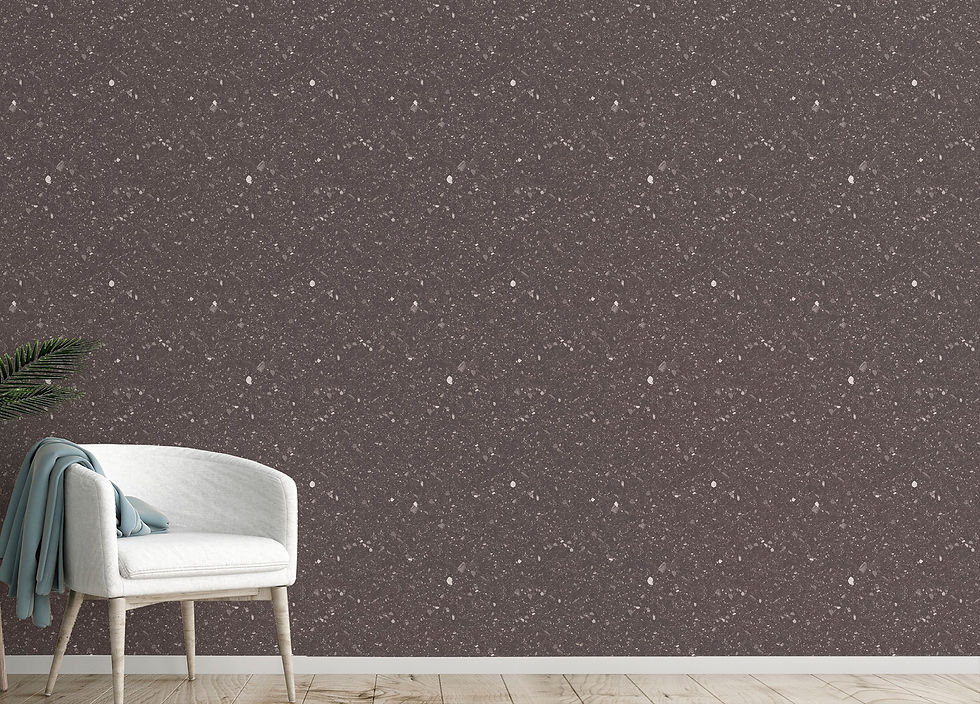Mix and Match: How to Combine Different Wallpaper Designs
- Dipan Patel
- Oct 11, 2023
- 2 min read
Wallpaper can be a transformative element that brings life, color, and texture to any space. However, who says you have to stick to just one design? The magic often happens when you dare to mix and match various patterns to create a unique aesthetic that represents your style. In today's article, we will guide you through combining different wallpaper designs for a room that truly stands out.
Why Mix and Match?
Traditionally, you'd select one wallpaper style for an entire room. While that's still a great way to decorate, a more adventurous approach can result in something extraordinary. When done correctly, using a mixture of wallpapers can evoke a sense of richness, depth, and originality.

Understand the Space
The first step in this design journey is to understand your room's dimensions, lighting, and functionality. This sets the stage for how you can play with various elements. Take note of where natural light enters the room and where shadows fall, as this will affect how your wallpaper looks throughout the day.
Know Your Themes
Choose a general theme or concept you'd like to stick to. You may be inclined toward nature, geometrics, or a vintage look. Once you've settled on a theme, it becomes much easier to identify the kinds of designs that can work together.
Select Your Primary Wallpaper
Start by selecting a primary wallpaper covering most of your walls. This could be anything from a black geometric wallpaper for a modern touch to a forest peel and stick wallpaper for a natural feel. Your primary design serves as the backdrop upon which other methods will be layered.

Coordinate with Accent Walls
Now that your primary wallpaper is up consider the accent walls. This is where your secondary wallpaper choices come into play. A boho wallpaper with vibrant colors and intricate patterns could be a focal point. Or a piece of Victorian wallpaper could add a touch of historical elegance.
Matching Techniques
Here are a few techniques to make sure your wallpapers complement each other:
Color Coordination: Stick to a consistent color palette.
Pattern Scaling: Use patterns of different scales to prevent visual chaos.
Contrast: Balance out busy designs with simpler patterns or solid colors.
Testing the Waters
Before committing to anything, it's wise to test your chosen designs in small patches to see how they fit together. Take a step back and assess — do they blend seamlessly or clash?

Practical Tips for Installation
Application: For an easy-to-use option, consider forest peel and stick wallpaper. It's simple to install and remove, allowing you to change things.
Orientation: The direction in which the pattern flows can make a significant difference. Make sure to align your designs in a way that makes spatial sense.
Balance: Avoid overwhelming the room by balancing your bold choices with more subdued designs or solid colors.

Wrapping Up
Mixing and matching wallpapers can initially seem daunting, but the result can be extraordinary with a thoughtful approach. Whether you're blending black geometric wallpaper with boho wallpaper or juxtaposing forest peel-and-stick wallpaper against Victorian wallpaper, the possibilities are endless. So go ahead, break some rules, and make your space uniquely yours.
Remember, planning, testing, and balancing your choices is the key to a successful mix-and-match. So don't be afraid to experiment and adjust until you find that perfect combination.



Comments